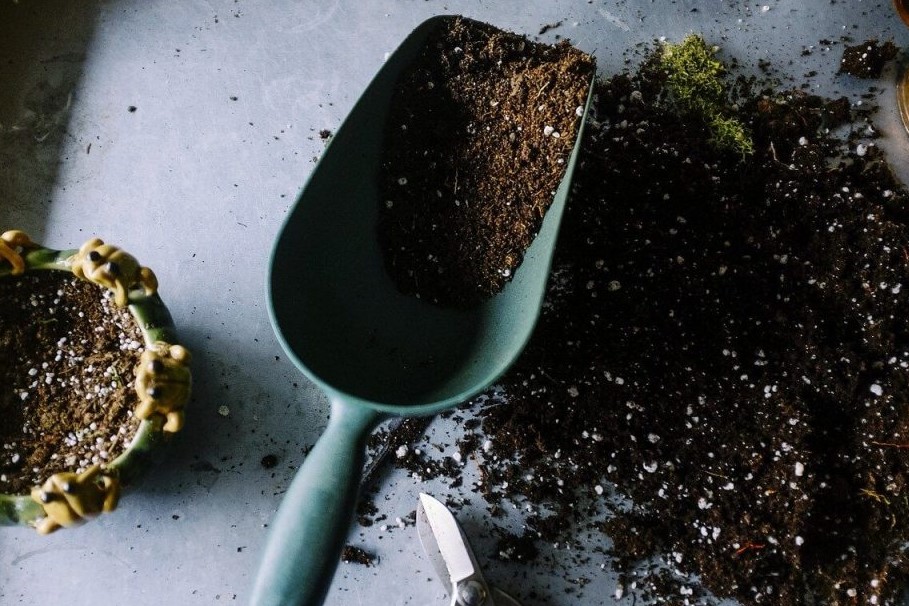Introduction of Fish Fertilizer
Fish fertilizer like any other chemical and organic fertilizer that adds essential nutrients to plants when added to the soil. In addition, fish-based fertilizers provide long-term benefits to the soil, unlike many chemical fertilizers that can reduce soil fertility over time. Many gardeners criticize fish fertilizer for its strong smell and lack of N PK compounds, but these claims are unfounded.
You can find non-smelling fish fertilizers on the market that contain NPK nutrients and other minerals without chemical fertilizers. Let’s take this opportunity to talk more about fish fertilizer and its benefits, how to make it at home, and the different types of fish fertilizer you can find in the market.
Fish fertilizer is a fish-based emulsion containing dissolved fish products and carcasses, including bones, scales and skin. The composition of fertilizers is organic matter – mostly.
It contains more bacteria and fungi compared to chemical fertilizers. These bacteria improve soil health and disease control.
History
Long ago, when no one knew the importance of soil nutrients, Native Americans used fish fertilizers to improve the soil profile. When they plant seeds, the natives put fish in the seeds. They piled fresh soil on the buried fish and planted corn. As the seed grows, the plant grows and grows, and the nutrients from the buried fish slowly become available to it.
Then came the time when the situation changed. People started using inorganic fertilizers to directly feed them for faster growth. About 20 years ago, farmers started looking for organic fertilizers again. Currently, fish feed is in high demand in both aquaculture and fertilizer industries.
Benefits of fish fertilizers
Some quick-release synthetic fertilizers provide nutrients directly to the field because they are formulated to be available quickly so that crops can grow. All different types of fertilizers are processed in the soil because they contain nutrients that must first be broken down by bacteria, earthworms and fungi, before they reach the roots. the strength and power of plants by increasing the amount of nutrients in the soil.


Fungi and bacteria break down nutrients to make them available to plant roots, then loosen dirt as they travel, reproduce, fix nutrients and decompose, leaving the soil filled with high levels of organic matter. Plant roots grow faster and stronger in this light, airy soil full of life.
As compost improves soil health, it increases soil fertility by providing essential nutrients for plant growth. Fertilizers provide non-burning nitrogen, along with other key nutrients of phosphorus and potassium. Unlike synthetic options, they can also provide secondary nutrients, such as calcium, found in Alaska dry fertilizers. and the problem of pests.
How to make fish fertilizer
It is unlikely that anyone will make fertilizer from fish food or fish emulsion at home. But making hydrolyzed fish fertilizer is really easy to do. You will need an airtight container, lots of fish, and some kind of sugar. Brown sugar or molasses mixed with sawdust can work for the sugar portion.
The process of making this type of fish fertilizer is similar to bokashi composting. In this anaerobic process, bacteria break down the fish over several months, turning it into liquid fertilizer. After you cut it to remove the large pieces (which you can process to digest), you turn it into water to make fertilizer.
Binyamin Klempner was a farmer and painter who lived in the city of Tiberias on the Sea of Galilee. He shared this wonderful story about his experience in fertilizing fish.
The product, which he calls Fish Amino Acid, is sold through his company, Galil Soil Farm. His business started when he realized that there was a real lack of organic products to use in the agriculture of his area. He now sells organic options to Israelis and Palestinians seeking better health care.
Fish food contains Nitrogen
Fish feed is usually high in nitrogen. Due to its composition, nitrogen will be a slow release that can last for several times. So, one package of fish sauce can last until you get your tomatoes and other vegetables. In cannabis production, especially indoors, one application can last for several crops. Since the nitrogen in fish feed is released slowly, if you need a quick boost of nitrogen, try something like alfalfa tea.
Also contain phosphorus
Fish food will be all parts of ground fish. The food source of the backbone is only bone. Where fish is eaten is meat, bones, etc. it also contains phosphorus. This camera will be a quick release of phosphorus that can last forever, just like nitrogen. That being said, if you can eat fish and shellfish, they work well together. Just be sure not to apply any and inadvertently add more phosphorus to the soil.
What type of fish fertilizer is right for me?
Like organic fish fertilizers, they are all considered as plant nutrients during the growing season. But some plants benefit from fertilizers specifically for fish.
Fish Emulsion: Good for green surfaces, due to high nitrogen content. It is also a favorite early spring lawn fertilizer.
Bottom line: This fertilizer releases nutrients slowly, so it’s the best choice for feeding microbes and soil amendment. This is best for those who eat heavy foods like corn, tomatoes, and peppers.
Fish hydrolyzate: This is good for stimulating flowering sites and increases fruit and flower size. In addition, it is a terrible food for germs. It can be used as a soil fertilizer, added to a compost pile or garden soil. Note: Undigested fish food may smell like fish or worse. Therefore, be careful to choose deodorized ones when you are looking for indoor plants.

